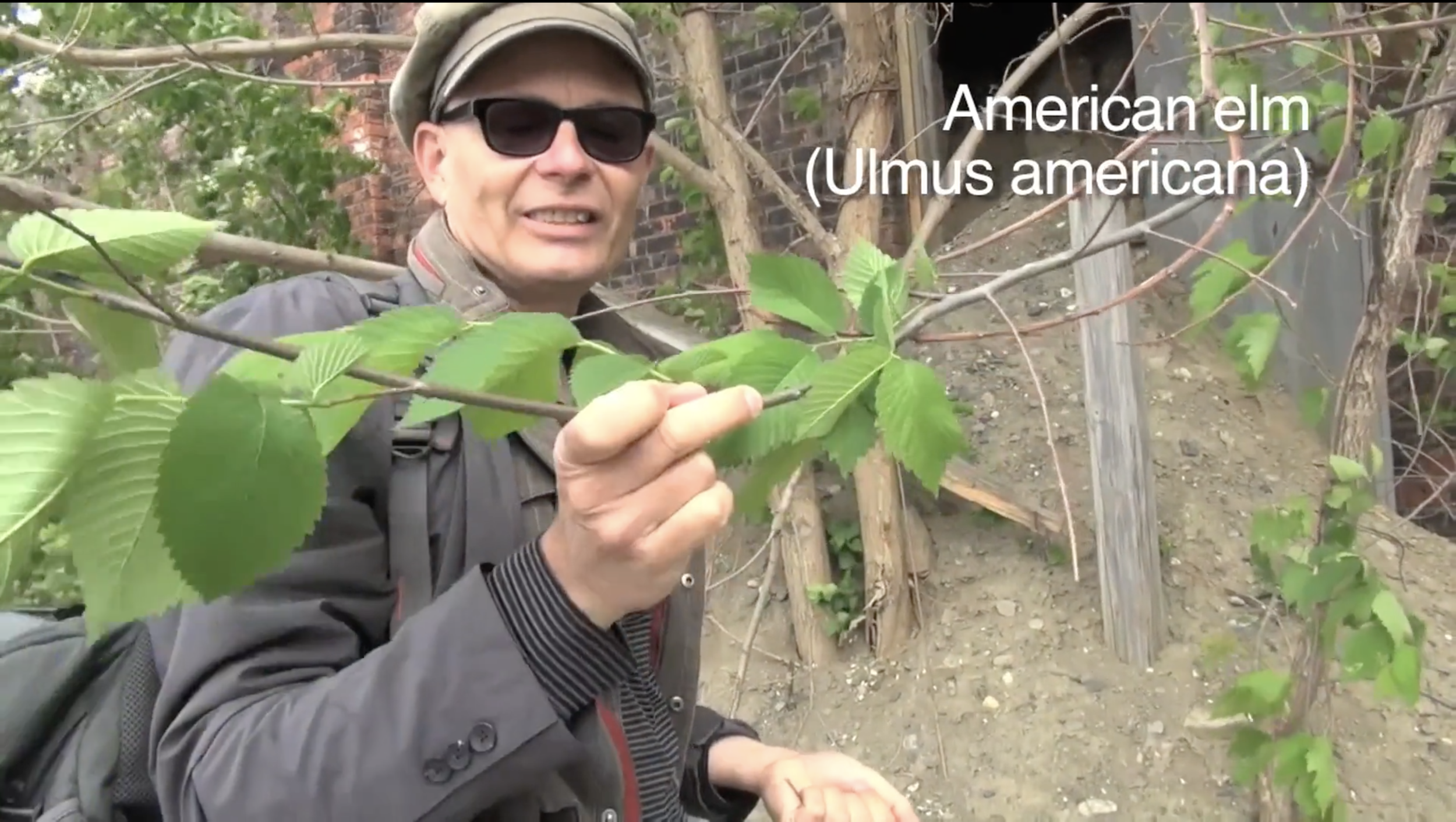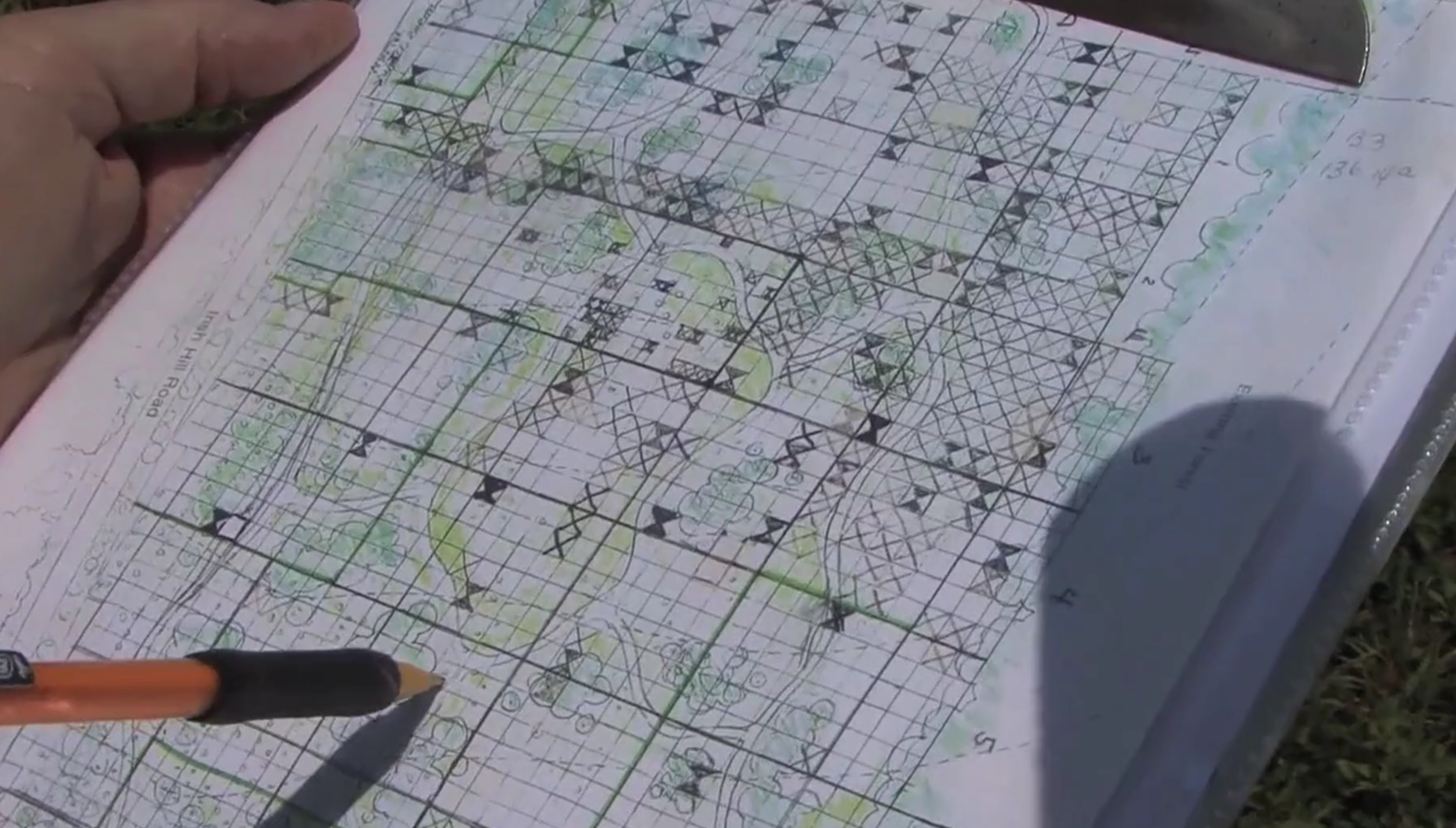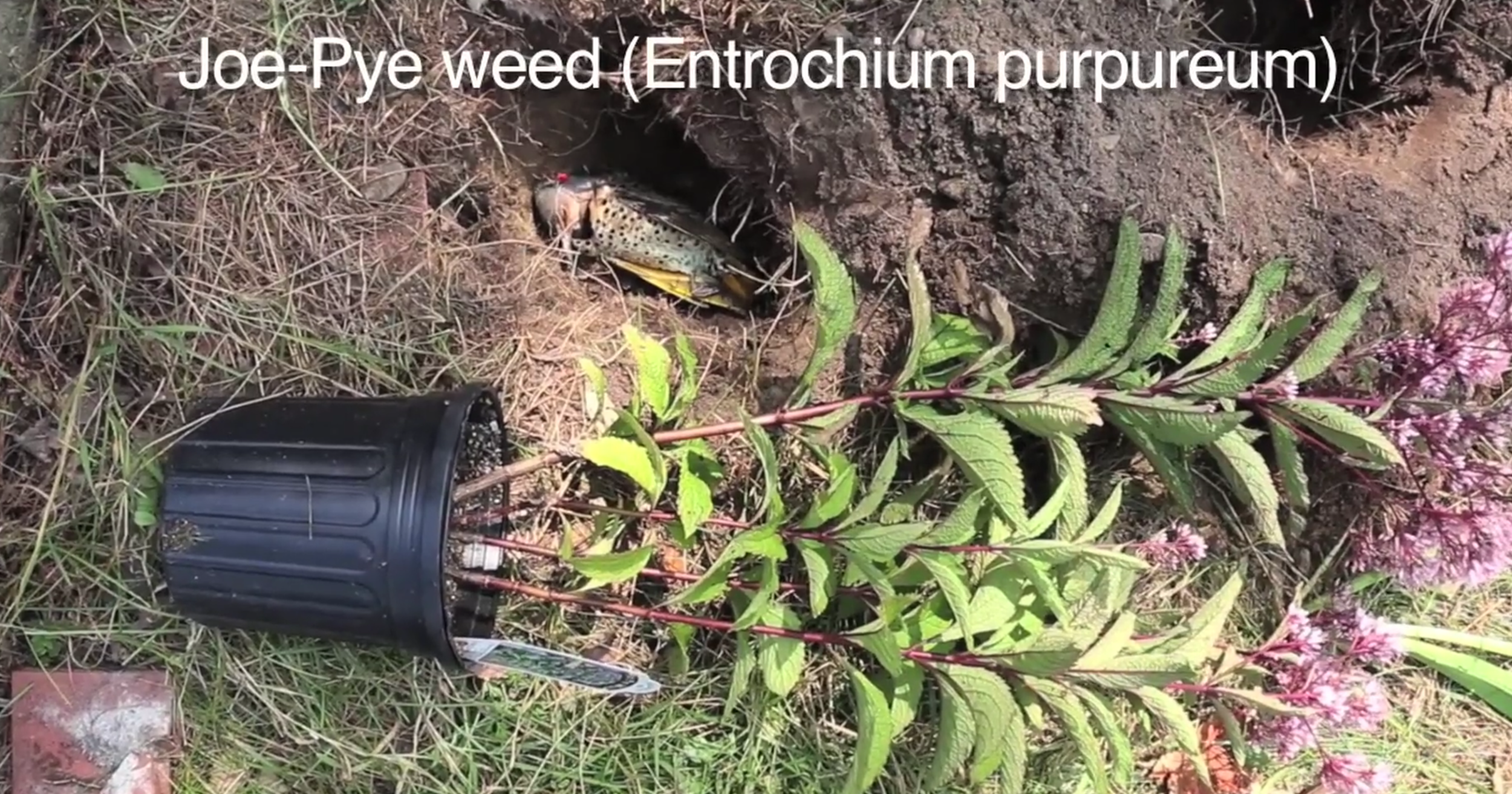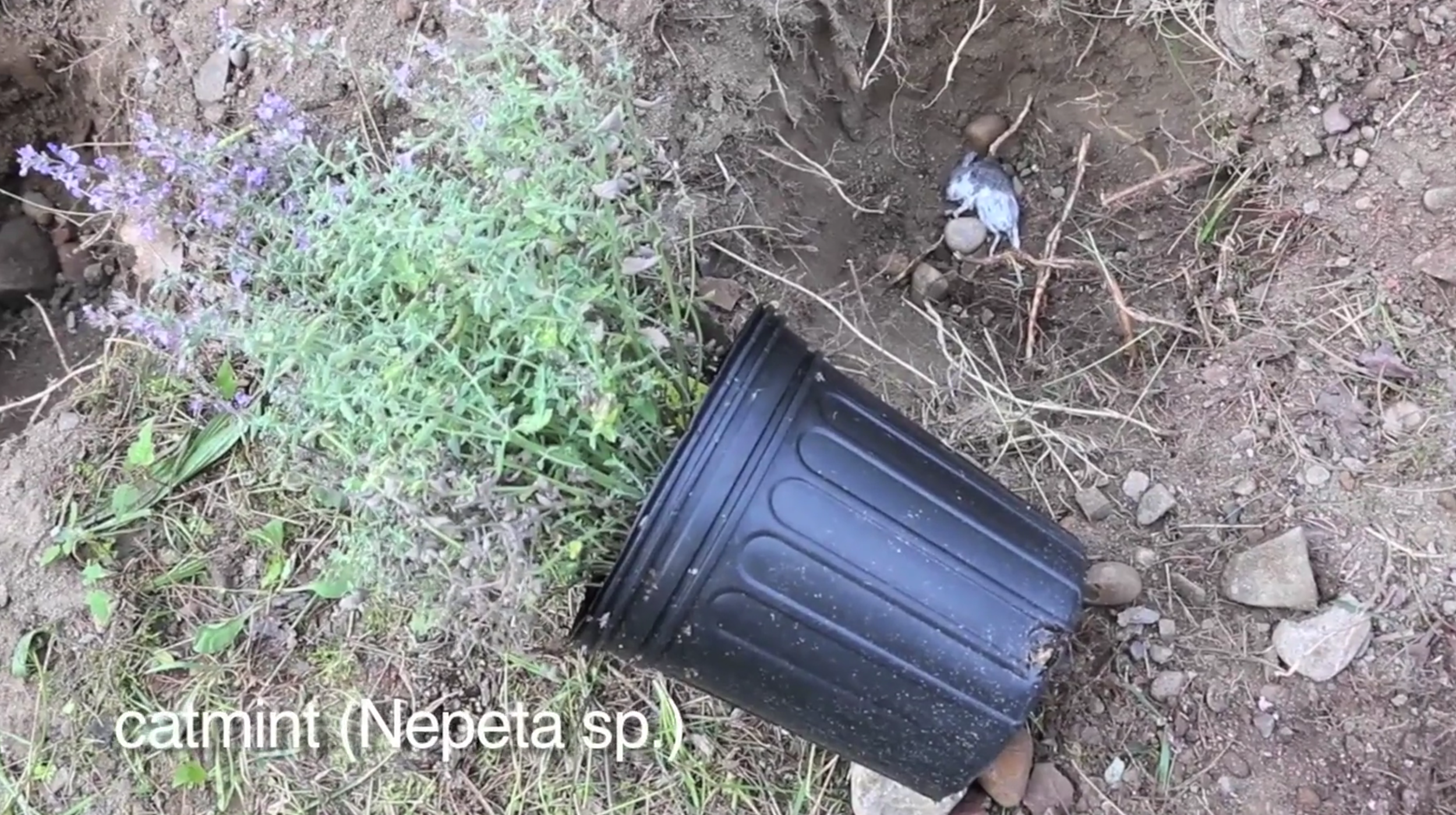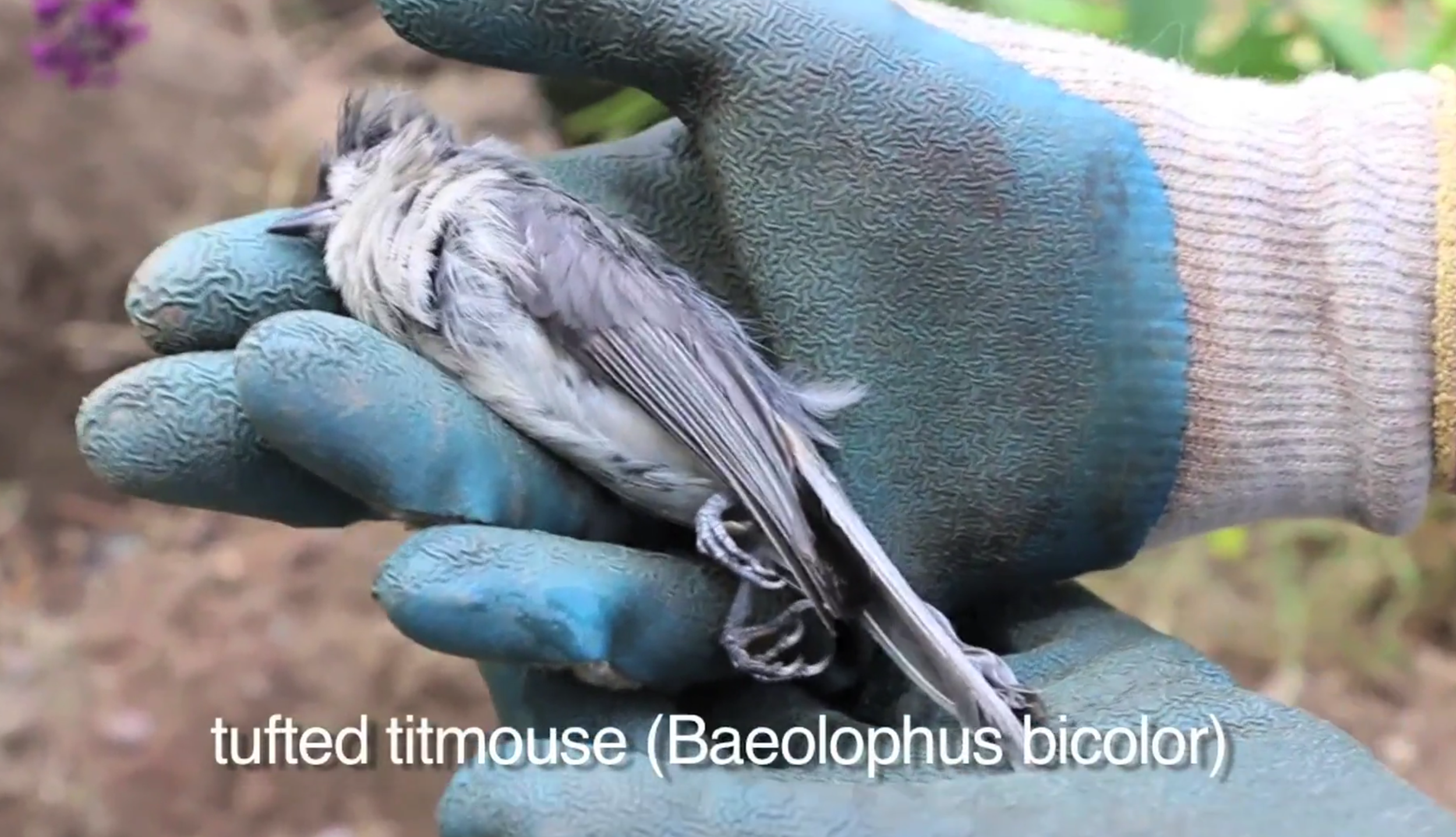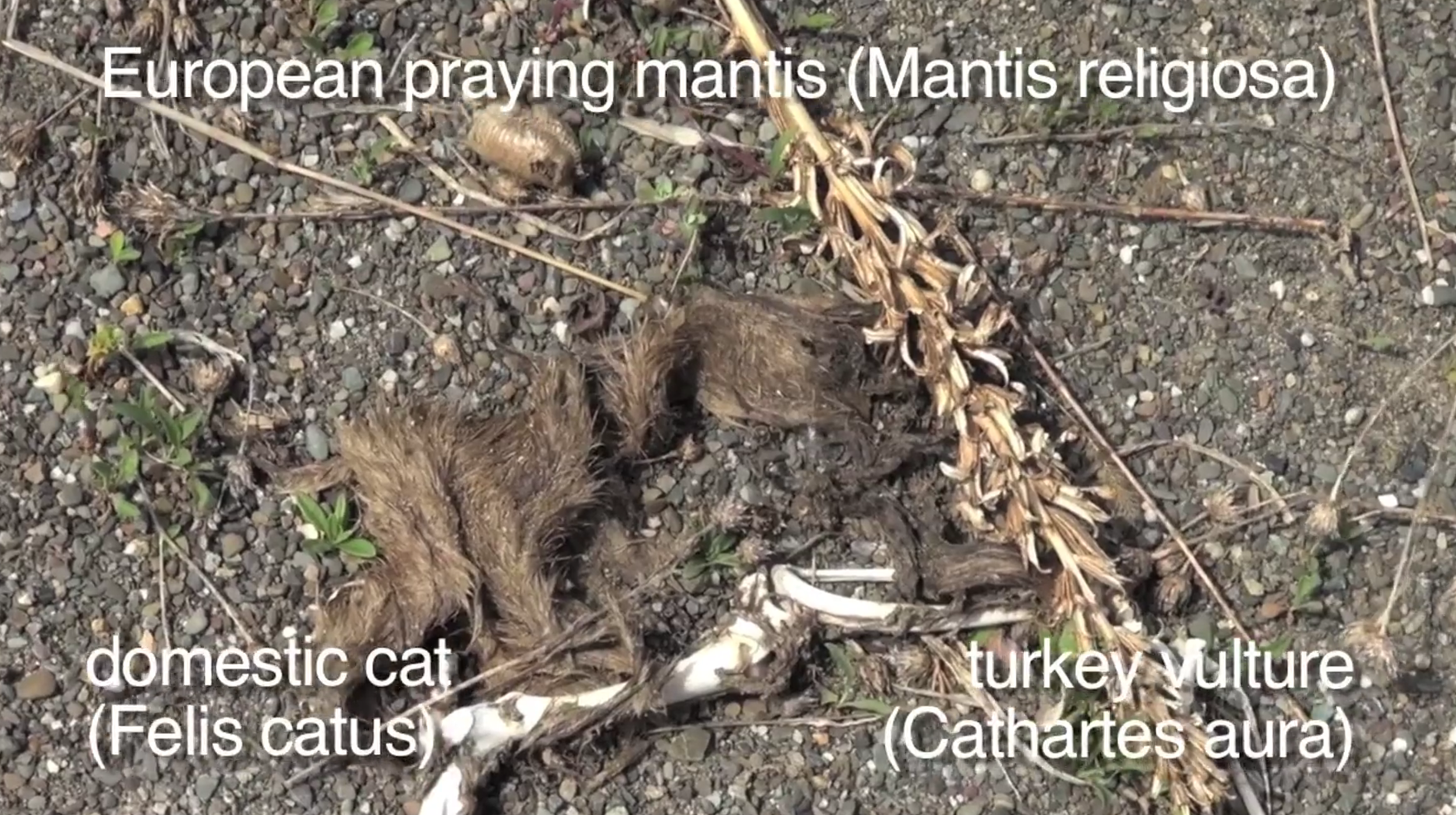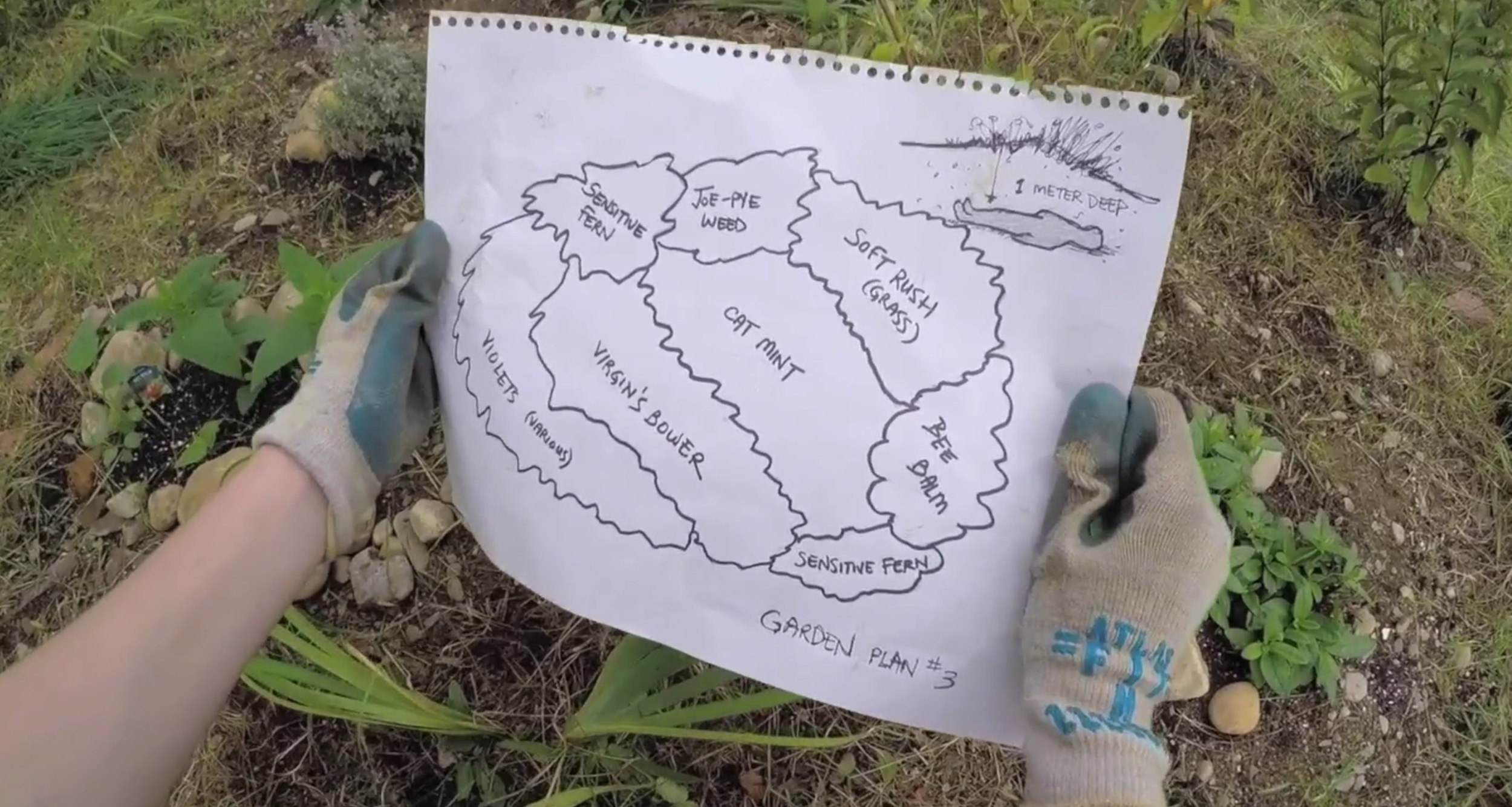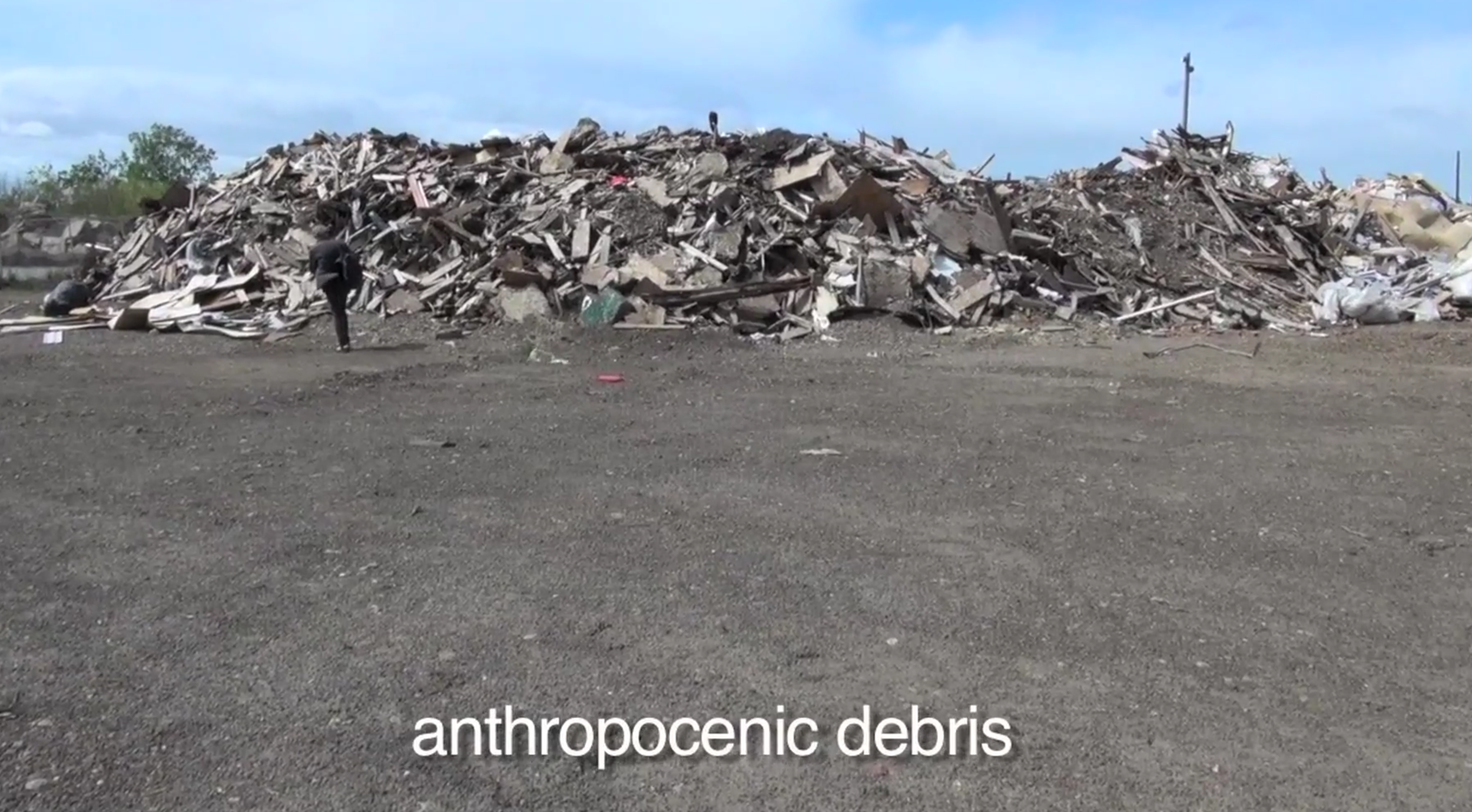Nos Habebit Humus (2015)
Conceived by:
Kathy High and Oliver Kellhammer
Nos Habebit Humus (2015)
Nos Habebit Humus: The earth will have us is a video conversation between the artists, their interests and research. Kathy High has been thinking about her own death and having a natural burial upon her passing. After purchasing a plot at a green burial site, she has designed a garden that will be planted above her body. Her body will literally become these plants’ bodies – becoming plant. Oliver Kellhammer has had a long time fascination with how ruined cityscapes gradually get absorbed by certain (ruderal) plants, for whom wasteland conditions serve as habitat and slow–release fertilizer. From the wreckage of factories, brown fields and destroyed buildings, beautiful and diverse biotopes emerge: urban savannahs, emergent forests, anthropogenic mountain and cliff simulacra, replete with seething processes of ecological regeneration…
In this work, the artists imagine and celebrate these potentials for the transformation of their expired bodies and abject architecture – into the fecund subjectivity of chlorophyll! Following the shock wave of human disturbance, novel beginnings bob up in the wake – new juxtapositionings and hybridities of the feral and the cultivated, the indigenous and the immigrant, the built and the unbuilt, the primeval and the ruderal. We bury a corpse, we graft a twig, we abandon an industrial zone – each act elicits a response from the botanical life force that ultimately incorporates what we leave behind into its living tissue.
“In 2015, collaborator, permaculturist and artist Oliver Kellhammer and I toured the ruderal ecologies of south Troy, New York, finding plants, animals and mircoorganisms who flourished in the devastated post-industrial wasteland[1]. Ruderal ecologies are those ecologies found in the ruins. Examining abandoned buildings and old warehouses right near the city’s wastewater treatment plant, Kellhammer searched for, in his words, “ecological resilience and biodiversity in the rapidly shifting environmental conditions of the Anthropocene.” How could these plants live in the midst of these toxic industrial conditions? How were they growing out of building rooftops, in brick mortar and at the edges of parking lots? What properties did they possess that we can learn from living off brownfields and repossessing the land? …”
– excerpt from “Ways In?: Processing Messages Received,” by Kathy High in PUBLIC: The Welter of Being: Interspecies Communication and the Expanded Mind, eds. Meredith Tromble and Patricia Olynyk, June 2019.
[1] Resulted in the creation of a video Nos Habebit Humus: The Earth Will Have Us by Kathy High/Oliver Kellhammer, 2015.
In this, the age of the Anthropocene, our thoughts often turn to mortality – both of our individual selves and that of the earth we thought we once knew. But life goes on – our bodies and even our buildings dissolve as slow release fertilizer into the indefatigable processes of plant-ness. There is no separation, only subsumption. Nos habebit humus. The earth will have us. The earth does have us.
Nos Habebit Humus (2015). Video Still.
